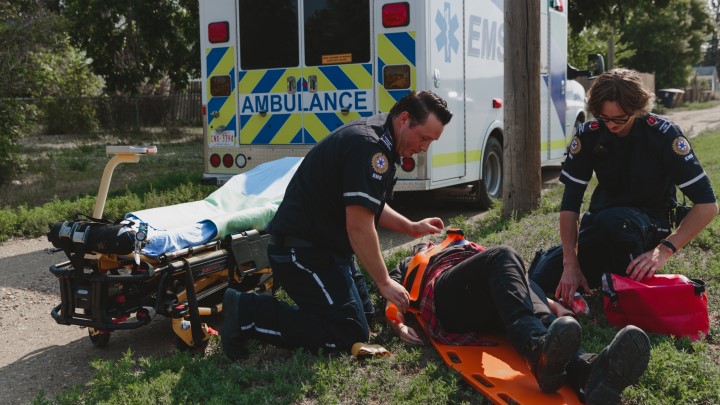
Primary care paramedics (PCPs) are responsible for transporting ill or injured patients from scenes of emergency and/or between facilities.
Working within a defined scope of practice, they assess emergency scenes and patients, and may treat patients on-scene or in the ambulance to administer lifesaving procedures.
$28.42 - $35.87 per hour
Other benefits
Primary care paramedic certificate

Your EMS offers a behind the scenes look at the people who provide emergency care, as well as the equipment, tools and programs.
To learn more about a career as a primary care paramedic in our province visit Alberta Learning Information Services (ALIS).